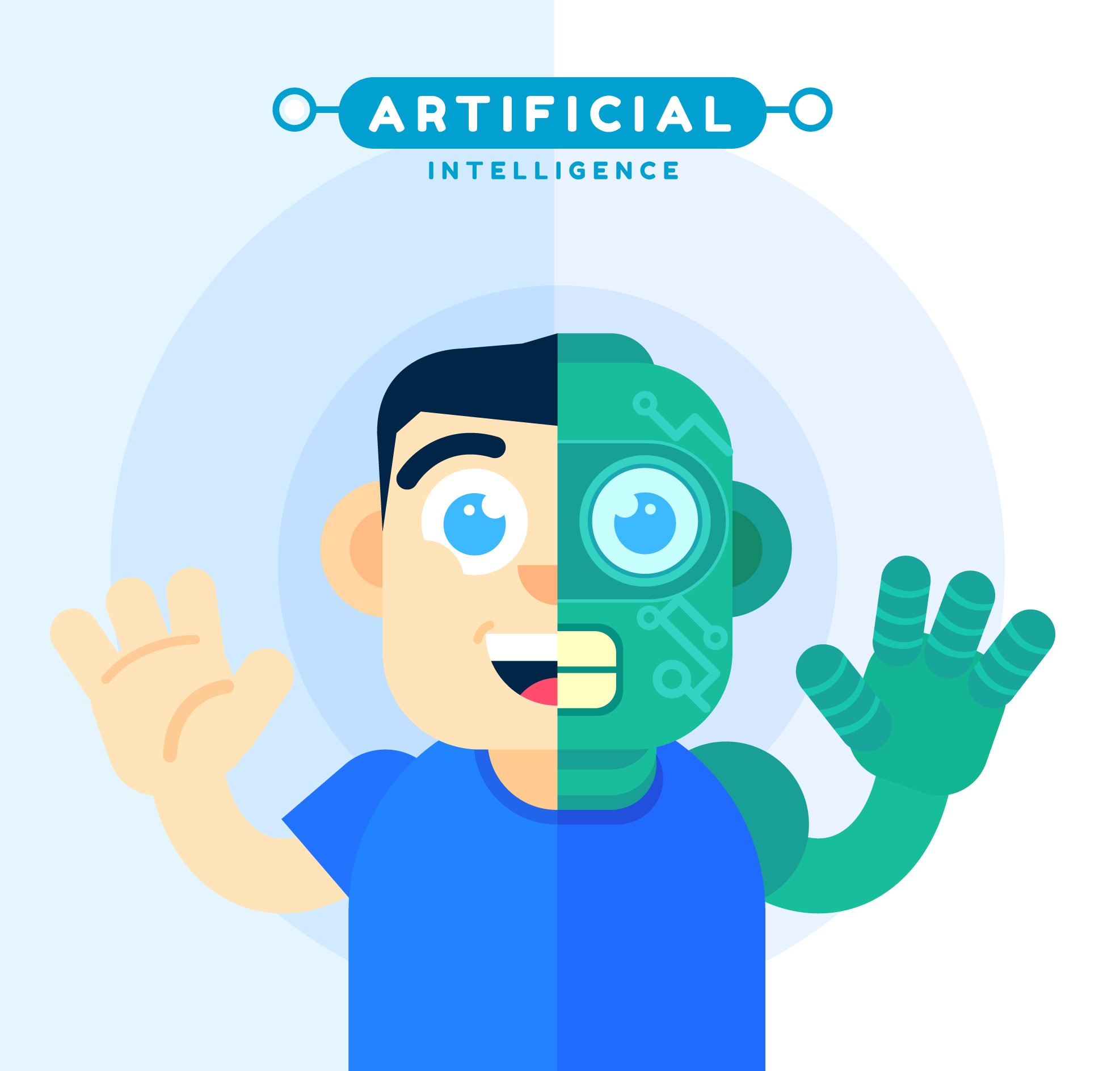Technology is evolving rapidly, and two major advancements in artificial intelligence (AI) are Machine Learning (ML) and Deep Learning (DL). While both are interconnected, they serve different purposes and exhibit varying levels of complexity. In this article, we will explore their differences, applications, and impact on the future of automation and intelligence.
What is Machine Learning?
Machine Learning (ML) is a branch of AI that enables computers to learn from data and improve performance without explicit programming. ML algorithms analyze patterns, make predictions, and enhance decision-making over time.
Key Characteristics of Machine Learning:
- Works with structured and semi-structured data
- Requires feature engineering (manual selection of important data attributes)
- Can be supervised, unsupervised, or reinforcement-based
- Efficient with smaller datasets compared to deep learning
Common Applications of Machine Learning:
- Fraud Detection: Identifying fraudulent transactions in banking
- Predictive Maintenance: Preventing equipment failures in manufacturing
- Personalized Recommendations: Suggesting products in e-commerce
- Stock Market Analysis: Forecasting trends based on historical data
What is Deep Learning?
Deep Learning (DL) is a subset of ML that leverages artificial neural networks (ANNs) to simulate human-like learning. It can analyze vast amounts of unstructured data and make high-level abstractions.
Key Characteristics of Deep Learning:
- Uses multi-layered neural networks (deep neural networks)
- Requires high computational power (GPUs, TPUs)
- Processes images, audio, and text efficiently
- Learns automatically without manual feature extraction
Common Applications of Deep Learning:
- Image and Speech Recognition: Used in facial recognition and voice assistants
- Autonomous Vehicles: Aiding self-driving car navigation
- Medical Diagnosis: Detecting tumors in X-rays and MRIs
- Natural Language Processing (NLP): Powering chatbots and language translation
Key Differences Between Machine Learning and Deep Learning
Both ML and DL fall under AI, but they differ in data processing, model complexity, and real-world applications. Here’s a comparative breakdown:
| Feature | Machine Learning | Deep Learning |
|---|---|---|
| Data Dependency | Works with small to medium datasets | Requires large datasets for accuracy |
| Feature Engineering | Manual feature selection | Learns features automatically |
| Computational Power | Can run on CPUs | Needs GPUs/TPUs for efficiency |
| Interpretability | More explainable and transparent | Often considered a “black box” |
| Processing Speed | Faster with small datasets | Slower due to complex computations |
| Flexibility | Best for structured data | Works well with unstructured data |
When to Choose Machine Learning vs. Deep Learning
Deciding between Machine Learning (ML) and Deep Learning (DL) depends on factors such as data size, computational power, and problem complexity. Below are the key scenarios where each is preferable.
✅ When to Use Machine Learning
- Limited Data Availability
- ML algorithms perform effectively even with small to medium datasets, making them ideal when data is scarce.
- Need for Interpretability
- Traditional ML models (e.g., Decision Trees, Random Forest, SVM) provide transparent results, which is beneficial in sectors like healthcare and finance where decision-making needs to be explainable.
- Structured Data Analysis
- ML is well-suited for tabular datasets with clear feature relationships, such as sales reports, customer databases, and business analytics.
- Resource Constraints
- Since ML models can run efficiently on standard CPUs, they are a practical choice when advanced hardware like GPUs/TPUs is unavailable.
✅ When to Use Deep Learning
- Large-Scale Data Processing
- Deep learning models require vast amounts of data to learn complex patterns effectively, making them ideal for big data applications.
- High Accuracy Requirements
- DL models (such as CNNs for images and Transformers for text) often outperform ML in precision but lack easy interpretability.
- Unstructured Data Handling
- When working with images, speech, text, or videos, deep learning is the preferred choice due to its ability to automatically extract meaningful features.
- Availability of High-Performance Hardware
- DL requires powerful GPUs or TPUs to process large datasets efficiently, making it suitable for organizations with access to high-end computing resources.
The Future of Machine Learning and Deep Learning
With continuous technological advancements, ML and DL are transforming various industries. Here are some key future trends:
Emerging Trends in AI:
- Hybrid AI Models: Combining ML and DL for better performance
- Edge AI: Running deep learning models on edge devices for real-time applications
- Explainable AI: Making deep learning more transparent and interpretable
- Automated ML (AutoML): Reducing manual intervention in model training
Read more: https://theblogyfi.com/best-practice-for-api-design/
Conclusion
The debate between Machine Learning vs. Deep Learning isn’t about one replacing the other but about selecting the right tool for the right job. While ML offers efficiency and interpretability, DL provides unparalleled accuracy for complex problems. Businesses and researchers must leverage their strengths to drive innovation and smarter decision-making.
Understanding these technologies will help you make informed decisions about their use in various domains, ensuring optimal outcomes in AI-driven applications.







0 Comments